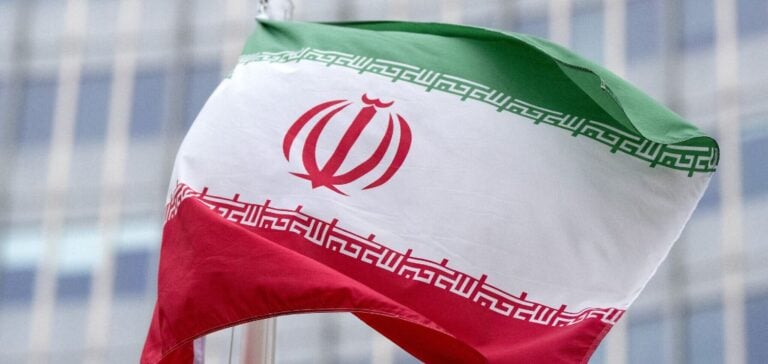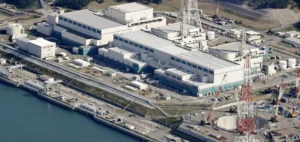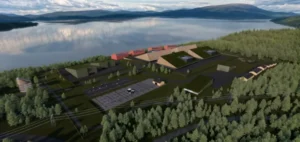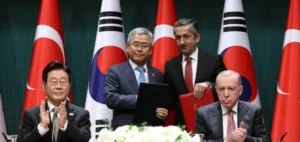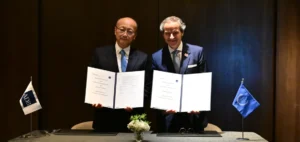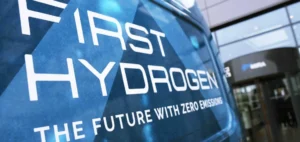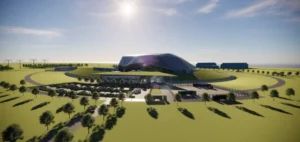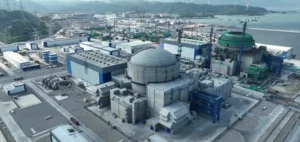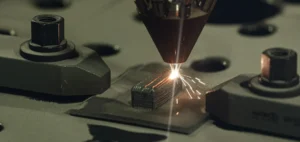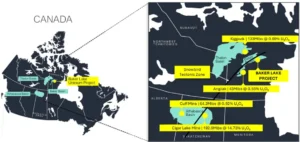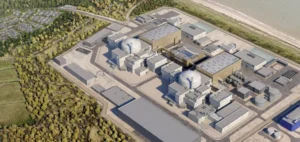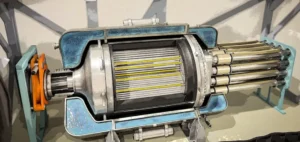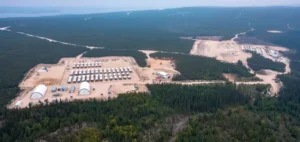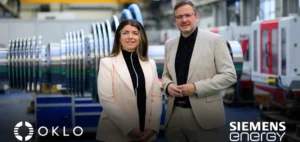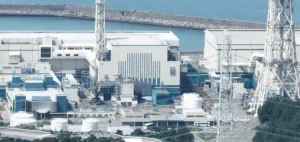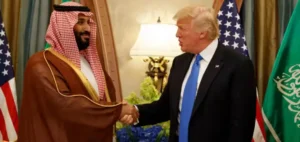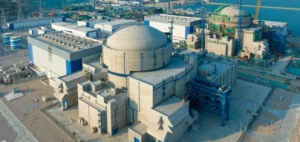Iran has reacted strongly to a resolution adopted by the International Atomic Energy Agency (IAEA) Board of Governors by activating new advanced centrifuges. This decision was formalized in a joint statement from the Iranian Atomic Energy Organization (OIEA) and the Ministry of Foreign Affairs, with Tehran asserting that it is responding to what it perceives as a “politically motivated” initiative by Western powers.
The resolution, approved by 19 of the 35 IAEA Board members, criticized Iran’s lack of transparency regarding its nuclear program. Key actors such as Russia, China, and Burkina Faso voted against the resolution, while 12 countries abstained. Western diplomats accused Iran of escalating tensions and violating commitments under the Treaty on the Non-Proliferation of Nuclear Weapons (NPT).
Technological Advancements in a Strained Context
The newly installed centrifuges will significantly boost uranium enrichment capabilities, a critical process for various applications, including energy production. However, this technology has raised concerns among international experts, as it may bring Iran closer to the thresholds required for military use.
Tehran continues to assert that its nuclear program is solely for civilian purposes. Nevertheless, international skepticism remains high, fueled by ongoing tensions since the United States’ withdrawal from the nuclear agreement in 2018 under the Trump administration.
A Fragile Nuclear Agreement
The 2015 agreement, signed in Vienna between Iran and six major powers, aimed to limit uranium enrichment to 3.67%, far below the 60% currently achieved by Iran. The deal also included easing economic sanctions on Tehran. However, the U.S. decision to withdraw from the agreement prompted Iran to retaliate by increasing its enriched material reserves and restricting cooperation with the IAEA.
In 2021, Tehran intensified its stance by deactivating surveillance cameras and limiting IAEA inspectors’ access to nuclear sites. These actions have further complicated verification efforts by the UN nuclear watchdog and exacerbated diplomatic tensions.
Prospects for Negotiations
Despite the escalation, some voices in Iran, including President Massoud Pezeshkian, advocate for constructive dialogue. The recent invitation extended to IAEA Director General Rafael Grossi to visit the Natanz and Fordo nuclear facilities is seen as a potential sign of openness.
However, the threatening statements from Iran’s Deputy Foreign Minister, hinting at a possible withdrawal from the NPT, underscore the fragility of the situation. Such a move would represent a significant rupture in the global nuclear order, heightening regional risks.


